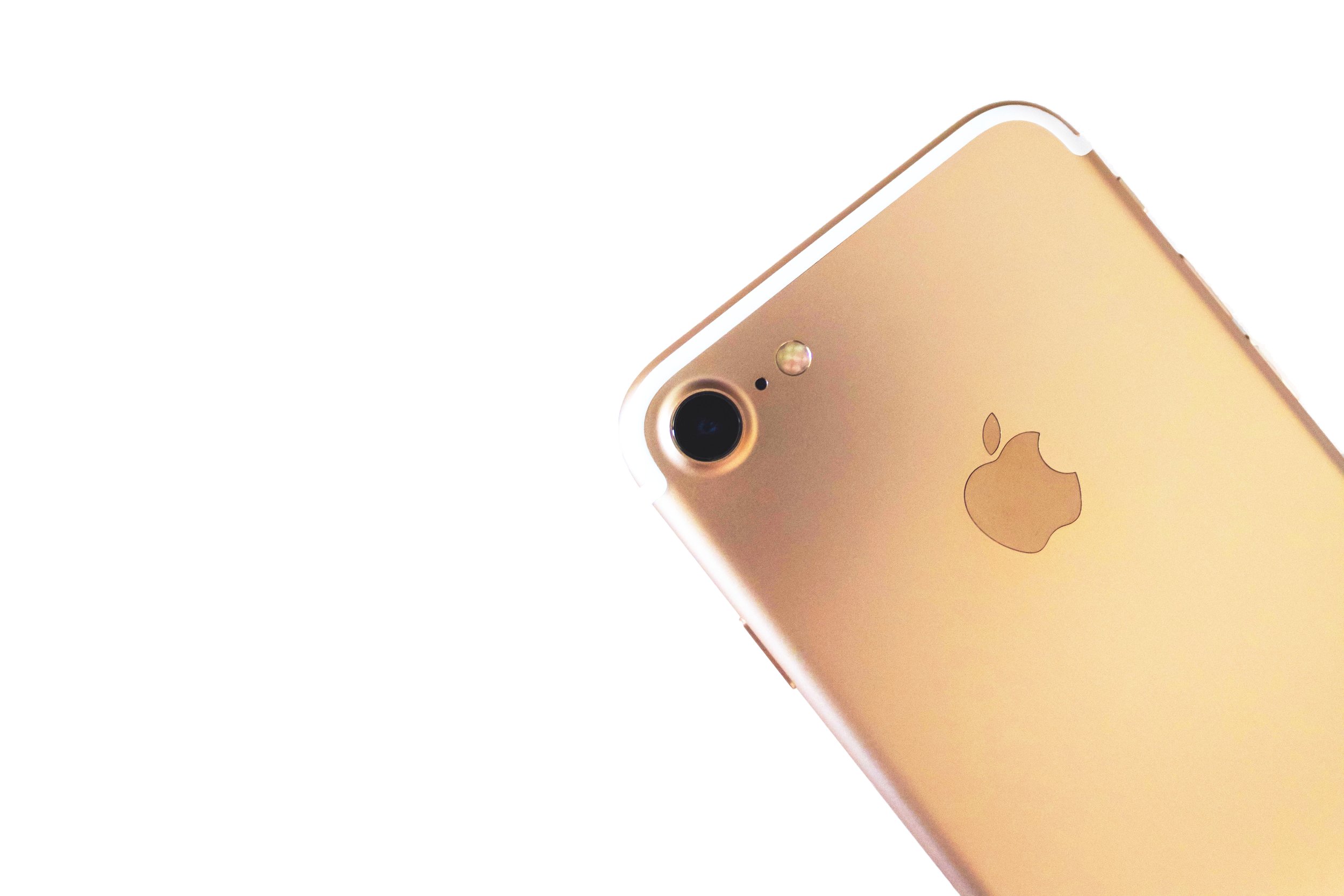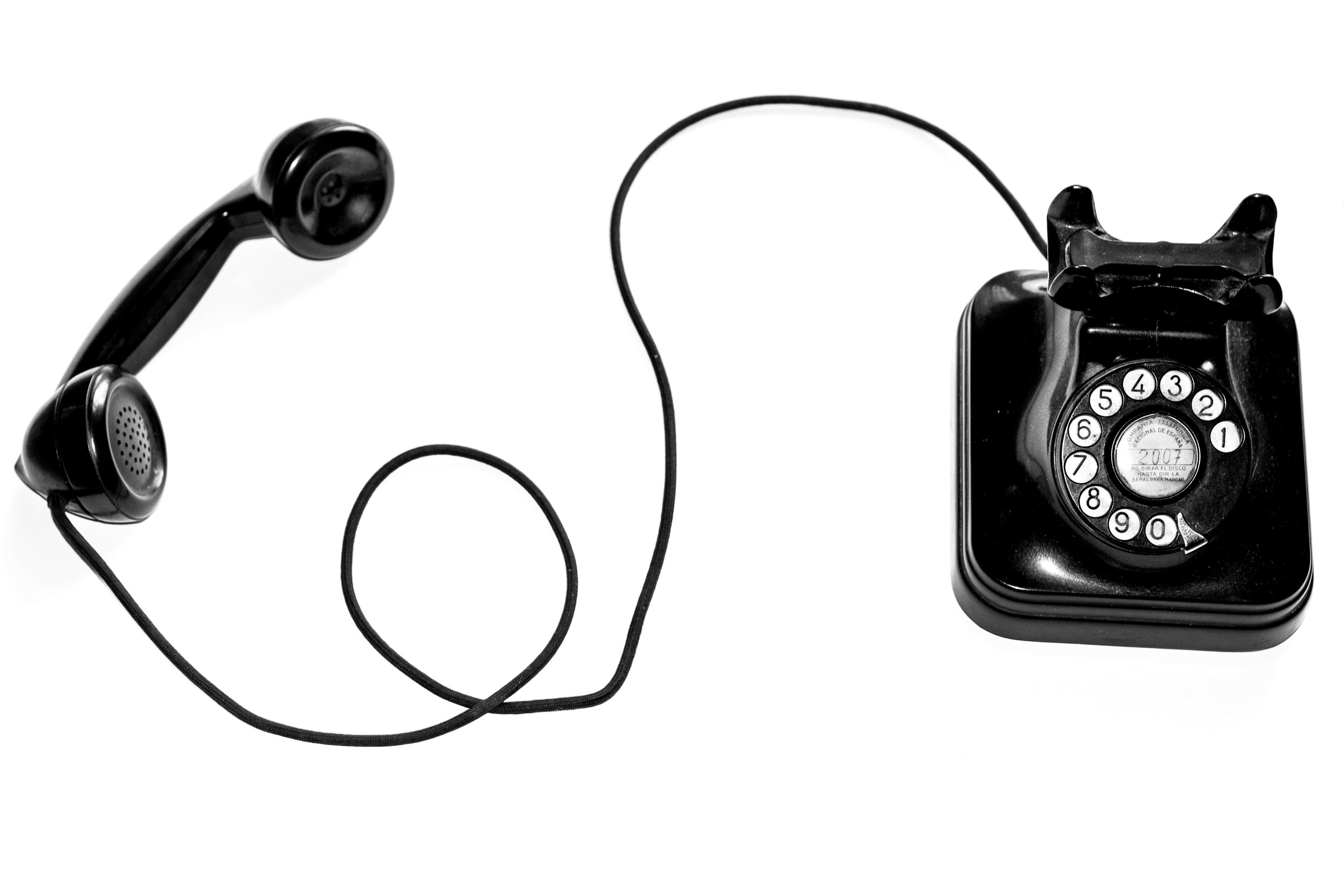Annular Tear
An annular tear is a rupture in the annulus fibrosis. The annulus is the tough outer layer of your disc that contains the inner nucleus pulposis. A tear in the AF can cause severe pain, and even a radiating pain into your arms or legs. It can allow the inside jelly-like substance to push out and put pressure on the delicate spinal nerves causing severe pain, although a tear may not cause any pain at all.
Symptoms of an Annular Tear
If you’re experiencing pain in the cervical spine or neck or the lumbar spine-- lower part of the spine it can create radiating pain sensations down the neck or down either the arms or both legs including numbness, tingling or weakness. The pain typically gets worse as the day progresses.
Causes of an Annular Tear
It’s important to monitor your symptoms carefully as sometimes a strain or minor back injury can heal but an annular tear may feel worse after the initial onset. Whether it began out of the blue, indicating the cause was related to the aging process of the spine and discs or there was an actual event, like a sports injury or some trauma to the annulus fibrosus, the need to see a doctor is apparent. In our experience, annular tears are often downplayed as insignificant, but we have pain nerve fibers in the annulus that if triggered, can fire off and cause you tremendous pain that spine surgery will be of little or no benefit for. If you’ve been suffering after an injury and don’t feel your condition getting better, it’s time to schedule an appointment to find out what’s causing the discomfort.
Truly, one of the most effective means of treating an annular tear is Non-Surgical Spinal Decompression along with Class IV Laser Therapy. Decompression can recreate the normal pumping action of the disc that creates osmosis and imbibition. It also allows us to rehydrate the disc and bring nutrients into the disc to help it heal the tear and restore normal function to the disc reducing and eliminating the pain caused by a torn disc and a degenerated disc. A disc is a ligament, and ligaments have poor to no blood supply which is why a sprain will heal slower than a fracture. A broken bone has a rich blood supply to allow it to heal faster than ligaments. The beauty of non-surgical spinal decompression is that it helps to give the discs the nutrients it needs to heal itself. Class IV lasers can also help to increase the microcirculation around the disc further facilitating its healing.







